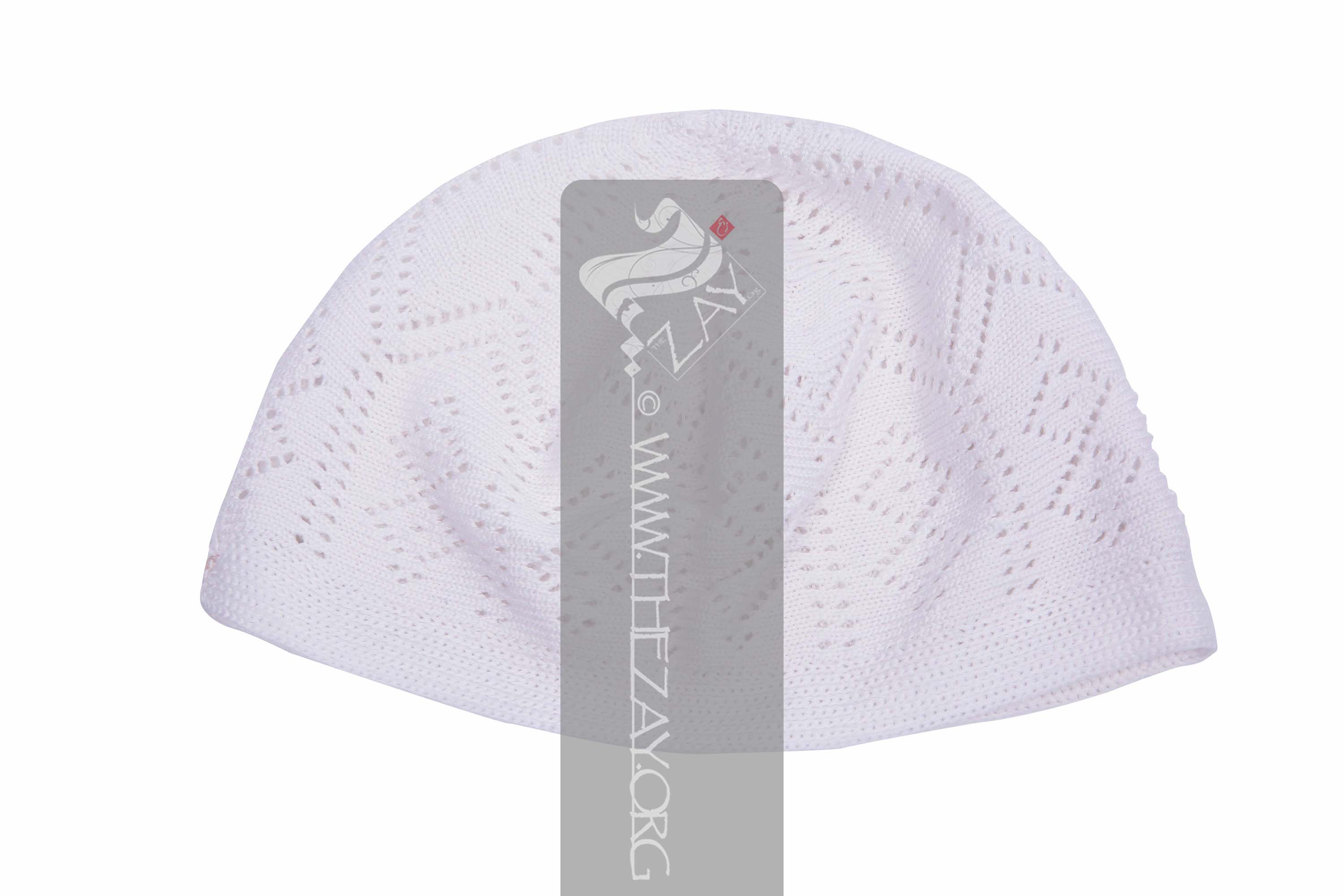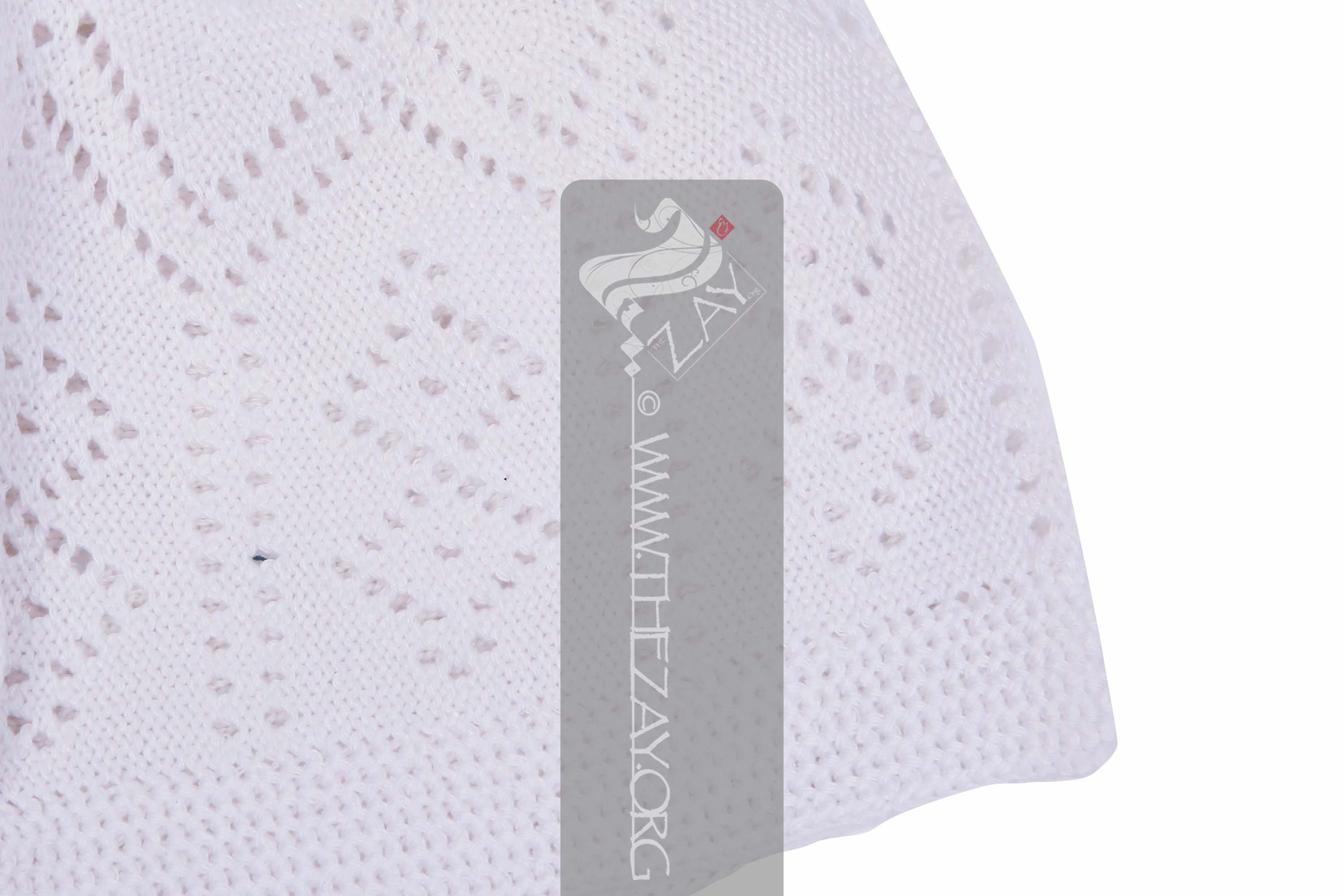Object History Dr. Reem Tariq
Ṭariq: (Arabic; Synonym: tulle_bi_talli
Tūlle_bi_tallī: (French: Tulle – a city in France where fine material for veil was first made; Turkish: tel – wire; Synonym: tariq; talli; badla; khus_dozi ), series of small metal knots made on a woven net ground as embellishment. The term is commonly used in the North African Arab region specifically in Egypt.
; talli; badla; khus_dozi ), series of small metal knots made on a woven net ground as embellishment. The term is commonly used in the Levant Arab region specifically in Lebanon.
El Mutwalli
Dr. Reem Tariq
Ṭariq: (Arabic; Synonym: tulle_bi_talli
Tūlle_bi_tallī: (French: Tulle – a city in France where fine material for veil was first made; Turkish: tel – wire; Synonym: tariq; talli; badla; khus_dozi ), series of small metal knots made on a woven net ground as embellishment. The term is commonly used in the North African Arab region specifically in Egypt.
; talli; badla; khus_dozi ), series of small metal knots made on a woven net ground as embellishment. The term is commonly used in the Levant Arab region specifically in Lebanon.
el Mutwallī: Founder (CEO) of the Zay
Zay: (Arabic: costume, Pl. azyaā’), a set of clothes in a style typical of a particular country or historical period. Initiative, a public figure, speaker and author. An expert curator and consultant in Islamic art and architecture, interior design, historic costume, and UAE heritage., The
Zay
Zay: (Arabic: costume, Pl. azyaā’), a set of clothes in a style typical of a particular country or historical period. Initiative founder was initially contacted on Instagram by Mariam Khalfan Mohammed Khalifah al Maydi al Badwawi, who offered to volunteer and help source old artifacts from the northern Emirates for the
Zay
Zay: (Arabic: costume, Pl. azyaā’), a set of clothes in a style typical of a particular country or historical period. Collection. Mariam has been an invaluable addition to our team, as she connects easily with people and patiently explains our role, convincing others to help the cause. This (
kandurah_arabiyah
Kandūrah_‘arabīyah: (colloquial Emirati term), coined post 1990s, to refer to the qamīs-like tunic with vertical slit located on the left side of the neckline extending down the chest. The origins of this slit are believed to lie in the Punjabi (kurta
Kūrtā: (Urdu and Persian: kurtah
Kurtah: (Urdu and Persian: kurta, synonyms: bīchī, gawan, fustān, nafnūf, kirtah), a loose sleeveless shirt of varying lengths, typically falling either just above or somewhere below the knees, with its side-seams left open at the bottom, worn in South Asia, usually with a salwar
Salwar: (Farsi: shalvār; Synonym: ṣarwāl, shirwāl ), trousers featuring tapering ankles and drawstring closure of Central Asian origin. They disseminated in the Indian subcontinent between c.1st-3rd century BCE. Although exact period of its arrival in the Arab world is disputed their widespread adoption is confirmed from the 12th century.
, churidars, or pyjama. In Hijazi dialect, the term refers to a sleeved, waist-cinched dress that comes in different styles, popularly worn since the 1950s.). a sleeveless shirt of varying length, typically falling either just above or somewhere below the knees of the wearer, with its side-seams left open at the bottom.) and is generally fastened using cotton thread ball-like buttons ('igham), or metal snaps (siq_w_bic) which were subsequently replaced by transparent versions.ly replaced by transparent versions. khwar_zari) is one of her finds.
Mariam came across this article together with a few more from an elderly person by the name of Yousif
Juma
Jūma: (Persian, Synonym: Jama), a mantle to cover the torso. Amongst the women in south of Iran specially from Hormozgan it is a loose shift tunic dress, however the connotation changes and is used to refer to a shirt dress by the women further north.’ Saeed al Ka’bi, who is in his late seventies and lives in a remote area in the valley of al Qor in Ras al Khaimah. He had forgotten them saved in an old trunk dating back to the time of his marriage in 1979 and The
Zay
Zay: (Arabic: costume, Pl. azyaā’), a set of clothes in a style typical of a particular country or historical period. Initiative was lucky acquire the whole lot.
Object Features This skullcap is commercially crocheted or knitted with soft white cotton to help hold the head cloth cover (
ghutrah
Ghutrah: (Arabic: qatrah: hunting lodge, synonyms: kūfīyah, shmāgh, haṭṭah, mshadah
Mshadah: (Arabic: shadda: tied tightly, synonyms: kūfīyah, shmāgh, ghutrah, ḥaṭṭah, qaḍāḍah, jamadānah), a large square piece of woven cotton with white base, folded in half to form a triangle. The folded edge is worn across the forehead. It often has geometric embroidery in a square-like pattern, the most famous being red and black. Worn in the Levant, Iraq, and the Arabian Gulf., qaḍāḍah, jamadānah), a large square piece of woven cotton with white base, folded in half to form a triangle. The folded edge is worn across the forehead fastened by a cord (‘iqal) and draped off the shoulders. It often has geometric embroidery in a square-like pattern, the most famous being red and black. Worn in the Levant, Iraq, and the Arabian Gulf.) in place, and also keep natural hair oils from spoiling the (
ghutrah
Ghutrah: (Arabic: qatrah: hunting lodge, synonyms: kūfīyah, shmāgh, haṭṭah, mshadah
Mshadah: (Arabic: shadda: tied tightly, synonyms: kūfīyah, shmāgh, ghutrah, ḥaṭṭah, qaḍāḍah, jamadānah), a large square piece of woven cotton with white base, folded in half to form a triangle. The folded edge is worn across the forehead. It often has geometric embroidery in a square-like pattern, the most famous being red and black. Worn in the Levant, Iraq, and the Arabian Gulf., qaḍāḍah, jamadānah), a large square piece of woven cotton with white base, folded in half to form a triangle. The folded edge is worn across the forehead fastened by a cord (‘iqal) and draped off the shoulders. It often has geometric embroidery in a square-like pattern, the most famous being red and black. Worn in the Levant, Iraq, and the Arabian Gulf.). While the net-like holes allow preservation and help cool the scalp. Older versions were probably knitted by the women but modern ones are mostly commercially imported.
The terms (
gahfiyah
Gaḥfīyah: (ِArabic, Synonym: ‘araqchīn, ṭāqīyah, gāhfīyah, shāshīyah), a short, rounded, cloth skullcap. It can come in a variety of forms and finishes and is often embroidered, crocheted, or knitted. It is worn by itself or under other head garments, by men throughout the Arab and Muslim worlds. Note: The letter (qāf) is colloquially pronounced (ga).), (
shashiyah
Shāshīyah: (Arabic: shash: gauze, synonym: ‘araqchīn, ṭāqīyah / ṭāgīyah, gahfīyah), customarily it is a short, rounded, bowl resembling, cloth skullcap. It can come in a variety of forms and finishes and often embroidered, crocheted, or knitted. It is worn by itself or under other head garments, by men throughout the Arab and Muslim worlds.) and (
tagiyah
Ṭāgīyah: (Arabic: cap; Synonym: Ṭāgīyah, Ṭā’īyah), a small round skull cap worn by the Arab communities of the Middle Eastern and North African countries. It is worn by both men and women and has several regional versions and is also popular amongst the Muslim communities of Central, South, and Southeast Asia.
) are used interchangeably generally depending on the region, however more accurately, the first two refer to the pierced (net-like)
crochet
Crochet: (French: croc - hook), a handicraft technique that involves using a hooked needle to create interlocking loops of yarn or thread to make a variety of items such as garments, accessories, and home decor. or knitted format and the later term is more general and refers to any cloth, bowl-like cap. Sometimes poetic or talismanic phrases, or geometric decorations and symbols are woven or embroidered on. It is possible that since these skullcaps are more visible during pilgrimage (
Al_haj
Al_ḥaj: (Arabic: pilgrimage), an annual Islamic pilgrimage to Mecca, Saudi Arabia, the holiest city for Muslims. A mandatory religious duty for Muslims that must be carried out at least once in their lifetime.), as nothing is worn on top of them that in English they tend to be referred to as “prayer caps”.





